Dry-stone construction techniques Featured
As we’ve mentioned before, dry-stone construction techniques use stone as their only construction material, without any kind of jointing mortar. On this blog, we’ve already told you about the tools required for this technique, the type of constructions that can be created, and even the elements used to store water. Today we’re going to tell you a little more about construction and dry-stone construction techniques in particular.
What steps do you need to follow to create a new dry-stone construction?
The first thing to do is that take a good look at the stones before you and order them by size and shape. This is very useful in order to then be able to quickly and easily use each one of them, as you can tell from a glance which is the most appropriate for the needs of the construction, as you need them.
Next, you’ll need to determine which is the most attractive or presentable face of the stone – in other words, which is smoother or has less irregularities. This side of the stone will need to be placed on the outside of the wall, always ensuring that when fitting pieces together, you do so using their most even side. Of course, you won’t find the perfect stone on your first try – it’s a process of trial and error. However, you can also use a tool to create a more polished finish on the visible face of the stones.
Once you’ve found the stone that fits your construction perfectly, it’s time to lay it. It’s essential that these fit together well and that there are few gaps as possible.
To finish fixing the structure, you can fill in any gaps with smaller stones.
Wall-construction techniques
Next, we’re going to briefly explain a few construction techniques for building a wall:
- Ordinary laying. When stones of different sizes are not laid in any specific order.
- Rubble-filled When stones or rubble are inserted into mortar joints in order to wedge larger stones together.
- Laying in courses. When the long sides of the visible side of the wall are level, so as to create the appearance of regular courses.
- Ordered and slanted laying. As well as ordering stones in rows, pieces are laid on a slant, as these are boulders that are difficult to fit together.
The two most well-known and used construction techniques are those with one or two rows. The latter is the most common – the construction of walls in two parallel rows, each with a visible side facing outwards and between the two an infill of small stones and mud.
On the other hand, for single-row constructions, as the wall is built higher, a parallel layer of gravel or smell pebbles is filled in at the back, which allows for water drainage and avoids stones expanding and causing the wall to crumble.
Everything you need to know about dry stone at Rock&Tools
At Rock&Tools we sell various tools for working with stone and for dry-stone construction techniques. On our website, you’ll find a comprehensive range of all the best tools for sculpting stone, with a huge amount of interesting information about this technique available on our blog. Need for information about tools? Get in touch with us for more advice. Join our community! You can follow us here, on our Art Space and on our social media.
Fuente fotografía: elperdiodicodelazulejo.es





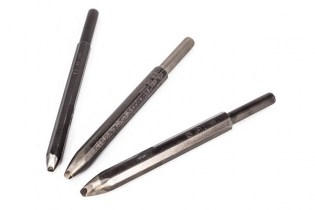

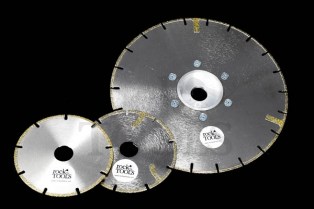
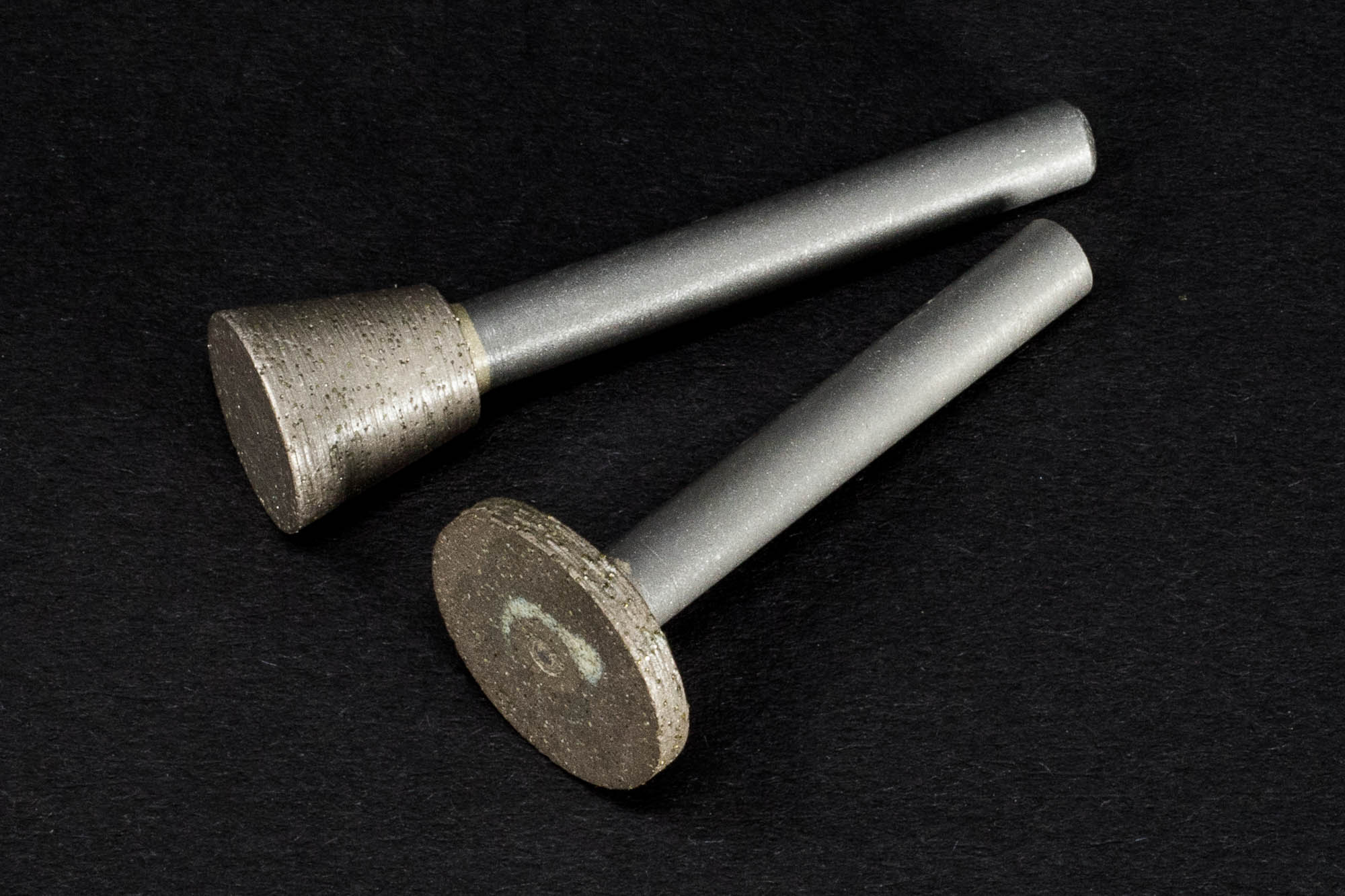

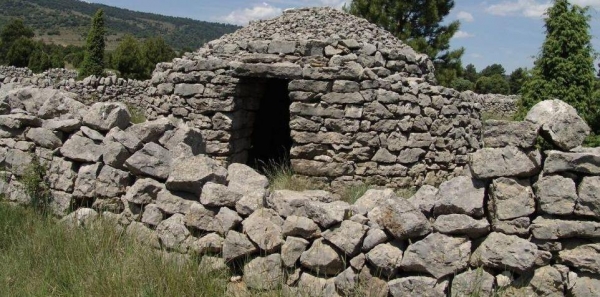
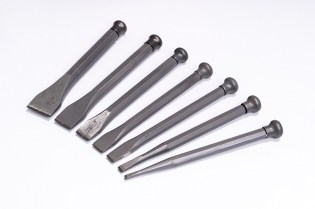
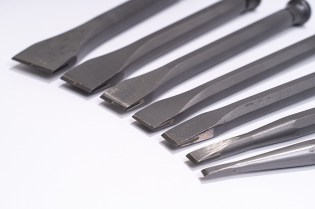

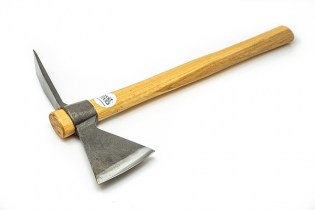
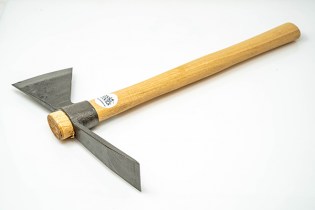
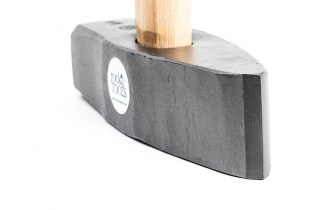
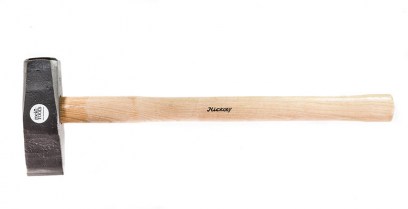
Leave a comment